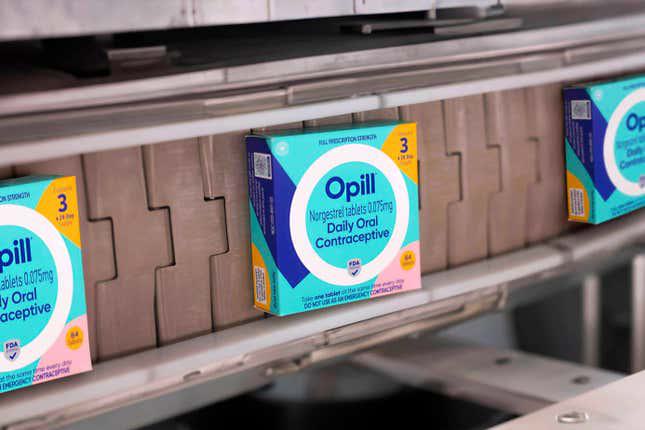New Obesity Treatment Device AspireAssist Gets FDA Nod - Dispatch Weekly
June 15, 2016 - Reading time: 2 minutes

AspireAssist, a new obesity treatment device, has been approved by the U.S. Food and Drug Administration – a device that helps provide effective control of calorie absorption.
AspireAssist is effectively a surgically-placed tube that drains a portion of the stomach contents after every meal. The tube is inserted by surgeons in the stomach with an endoscope via a small incision in the abdomen. A disk-shaped port valve that lies outside the body, flush against the skin of the abdomen, is connected to the tube and remains in place. Approximately 20 to 30 minutes after meal consumption, the patient attaches the device’s external connector and tubing to the port valve, opens the valve and drains the contents. Once opened, it takes approximately five to 10 minutes to drain food matter through the tube and into the toilet. The device removes approximately 30 percent of the calories consumed.
FDA has said that the AspireAssist device should not be used on patients with eating disorders, and it is not intended to be used for short durations in those who are moderately overweight. It is intended to assist in weight loss in patients aged 22 and older who are obese, with a body mass index of 35 to 55, and who have failed to achieve and maintain weight loss through non-surgical weight-loss therapy. Side effects related to use of the AspireAssist include occasional indigestion, nausea, vomiting, constipation and diarrhea.
The nod was given to the device based on a review by the FDA that involved results of a clinical trial of 111 patients treated with AspireAssist and appropriate lifestyle therapy, and 60 control patients who received only the lifestyle therapy. After one year, patients using AspireAssist lost an average of 12.1 percent of their total body weight compared to 3.6 percent for the control patients.
Clinical trial results also suggested that both patient groups had small improvements in conditions often associated with obesity, such as diabetes, hypertension and quality of life. These improvements may be attributable to the lifestyle therapy, which includes nutrition and exercise counseling.
Patients using AspireAssist are required to undergo frequent monitoring by a health care provider to shorten the tube as they lose weight and abdominal girth, so that the disk remains flush against their skin. Frequent medical visits are also necessary to monitor device use and weight loss and to provide counseling on lifestyle therapies. The device also has a safety feature that keeps track of the number of times the drain tube is connected to the port and automatically stops working after 115 cycles (approximately five to six weeks of therapy); patients must return for a medical visit to get a replacement part for the device in order to continue the therapy. This safety feature helps ensure patients use the device properly during therapy.

DW Staff
David Lintott is the Editor-in-Chief, leading our team of talented freelance journalists. He specializes in covering culture, sport, and society. Originally from the decaying seaside town of Eastbourne, he attributes his insightful world-weariness to his roots in this unique setting.




